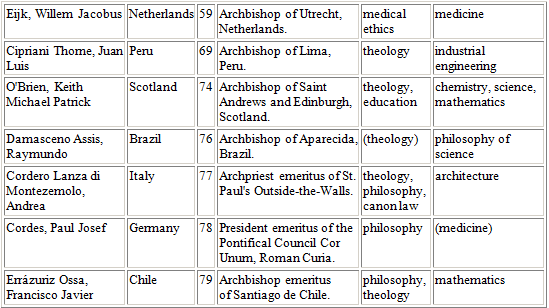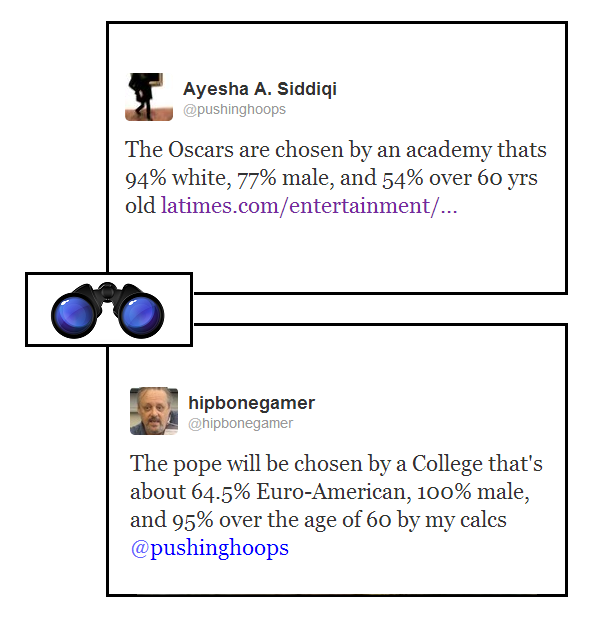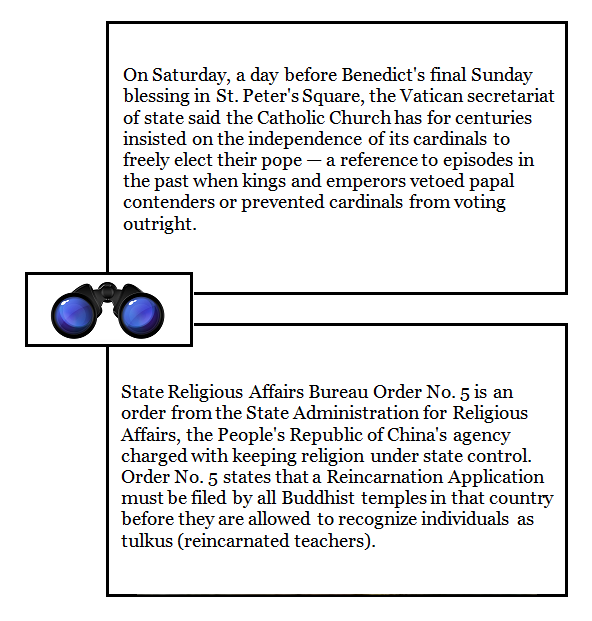[ by Charles Cameron — three ways to get a fix on the present status and future needs of the Catholic Church ]
.

Perugino, The Entrusting of the Keys to Peter, Sistine Chapel
.
I want to make this brief. It seems to me that the most powerful statement of the present situation of the Church was that delivered by John Colet at Convocation in 1512:
You are come together today, fathers and right wise men, to hold a council. In which what you will do and what matters you will handle, I do not yet know, but I wish that, at length, mindful of your name and profession, you would consider of the reformation of ecclesiastical affairs; for never was there more necessity and never did the state of the Church more need endeavors. For the Church – the spouse of Christ – which He wished to be without spot or wrinkle, is become foul and deformed. As saith Isaias, “The faithful city is become a harlot”; and as Jeremias speaks, “She hath committed fornication with many lover,” whereby she has conceived many seeds of iniquity and daily bringeth forth the foulest offspring. Wherefore I have come here today, fathers, to admonish you with all your minds to deliberate, in this your Council, concerning the reformation of the Church.
The full text can be found here, where it is drawn from John C. Olin, The Catholic Reformation: Savonarola to St. Ignatius Loyola (Fordham U.Pr., 1992). I was pointed in this direction by Charles Chaput, Archbishop of Philadelphia, who quoted from it in his piece The church after Pope Benedict today.
**
By way of comparison, here’s a snippet from this week’s Time report, Bitter Pill: Why Medical Bills Are Killing Us, on the status of another large entity whose purported focus is the common good:
By the time Steven D. died at his home in Northern California the following November, he had lived for an additional 11 months. And Alice had collected bills totaling $902,452. The family’s first bill — for $348,000 — which arrived when Steven got home from the Seton Medical Center in Daly City, Calif., was full of all the usual chargemaster profit grabs: $18 each for 88 diabetes-test strips that Amazon sells in boxes of 50 for $27.85; $24 each for 19 niacin pills that are sold in drugstores for about a nickel apiece. There were also four boxes of sterile gauze pads for $77 each. None of that was considered part of what was provided in return for Seton’s facility charge for the intensive-care unit for two days at $13,225 a day, 12 days in the critical unit at $7,315 a day and one day in a standard room (all of which totaled $120,116 over 15 days). There was also $20,886 for CT scans and $24,251 for lab work.
**
And for a third angle on the upcoming conclave, I would like to offer a brief cull from Anthony Judge‘s tabular listing of cardinals aged 80 and below, in which he identifies those who have some indication of competence in the “social” and “natural” sciences in their Wikipedia biographies.
I have omitted those who had no listing in the natural sciences — mathematics included — and those aged 80, since I understand they will be too old to vote. Of the 116 cardinals that remain, these seven apparently have some acquaintance with what Judge terms the natural sciences, as detailed in the final column:

Of these, Cardinal O’Brien, who appears to have the widest range of scientific disciplines in his background, has recently been the target of accusations of impropriety.
As those who read me regularly are aware, I “come from” the arts rather than the sciences myself. But I cannot help but agree with Anthony Judge’s comment, particularly insofar as it relates to mathematics and the sciences:
It is striking how few disciplines are represented in what amounts to a table of cognitive competence of those from whom guidance in world governance is expected.
**
I’m tossing you these three quotes not so much for themselves as for the ripples of thought, the further questions they may raise. Colet’s sermon, for instance, was delivered only five years before Martin Luther “nailed his theses to the door” — or at least sent them to his bishop — thus starting the Protestant Reformation in 1517.
The aptness of Colet’s sermon to today should give us considerable pause.










